For tumors with enormous volume and high surgical difficulty, many hospitals are reluctant to perform surgery, only suggesting conservative treatment for patients, potentially missing the optimal timing for surgical radical resection. Recently, our hospital admitted a patient with an abdominal tumor who was deemed by local hospitals to have no chance for surgery, and successfully completed a high-difficulty major surgery, safely removing a nearly 20-kilogram abdominal tumor for the patient.
Colon Cancer Surgery with Abdominal Metastasis: She Refuses to Leave Her Fate to Chance
Mrs. Wu, a 54-year-old from Huizhou, underwent a right hemicolectomy in December 2021 due to ascending colon cancer at a local hospital. Postoperative pathology indicated invasive moderately differentiated adenocarcinoma of the colon. After surgery, Mrs. Wu underwent a total of 23 sessions of adjuvant chemotherapy, but still developed liver and lung metastases.
In March of this year, Mrs. Wu noticed a large lump in her abdomen that continued to grow. Abdominal CT scans indicated it was likely a massive intra-abdominal metastatic tumor. Considering the large size of the tumor, the high surgical difficulty, and the elevated risks, local hospitals were unable to perform surgery and could only recommend continued chemotherapy.
However, Mrs. Wu's abdomen continued to swell, almost resembling a six-month pregnancy, and she suffered unbearable abdominal pain with difficulty eating. Watching Mrs. Wu's health deteriorate, her family refused to leave her fate to chance. After inquiring around, a relative who had undergone colon cancer surgery under Professor Wu Aiguo's care had recovered and remained recurrence-free for many years. With a glimmer of hope, Mrs. Wu's family came to Guangzhou Royal Lee Cancer Center.
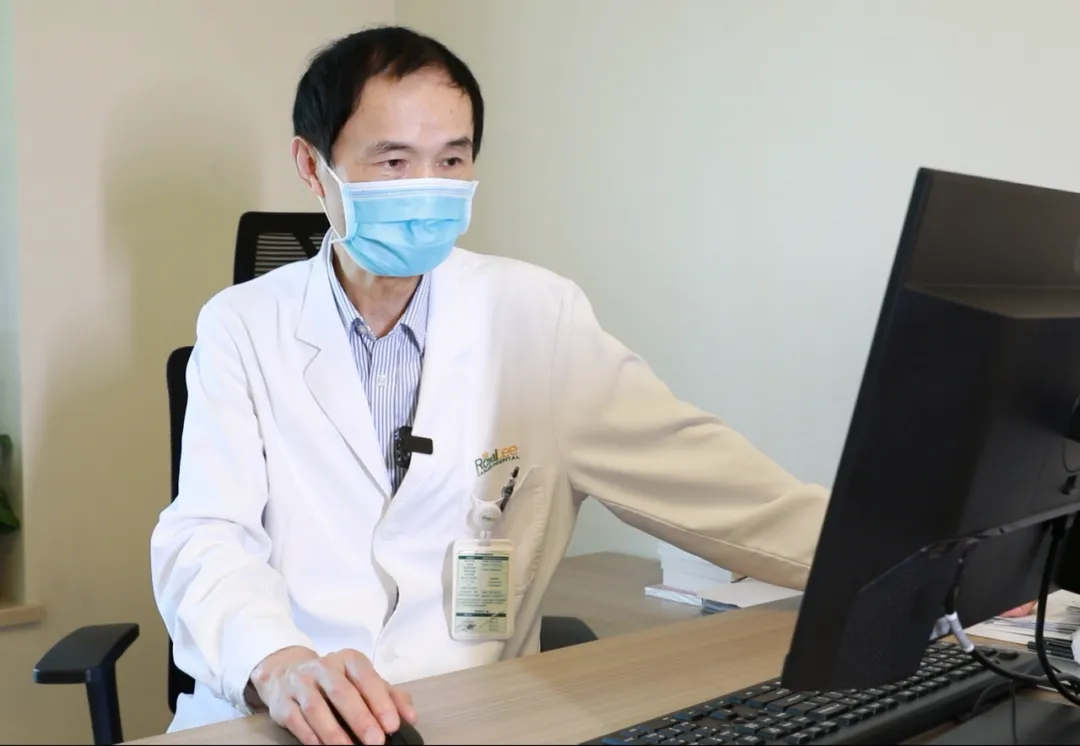
Professor Wu Aiguo Assessing Patient Imaging Data
Overcoming Three Major Challenges: Successfully Removing Nearly 20 Kilograms of Abdominal and Pelvic Tumors
For such massive intra-abdominal metastatic tumors, closely related to surrounding organs, tissues, and blood vessels, the surgical difficulty is extremely high. However, after reviewing the patient's condition with nearly 40 years of surgical experience, Professor Wu Aiguo, head of our hospital's surgical oncology department, believed that the patient had not completely lost the opportunity for surgery. After comprehensive preoperative examinations, the surgical oncology team, in conjunction with the anesthesia department, conducted detailed discussions and assessments of the patient's condition. They unanimously agreed that although the surgery was difficult and risky, it met the surgical indications with no apparent contraindications. After thorough preoperative preparation, the operation was successfully performed.
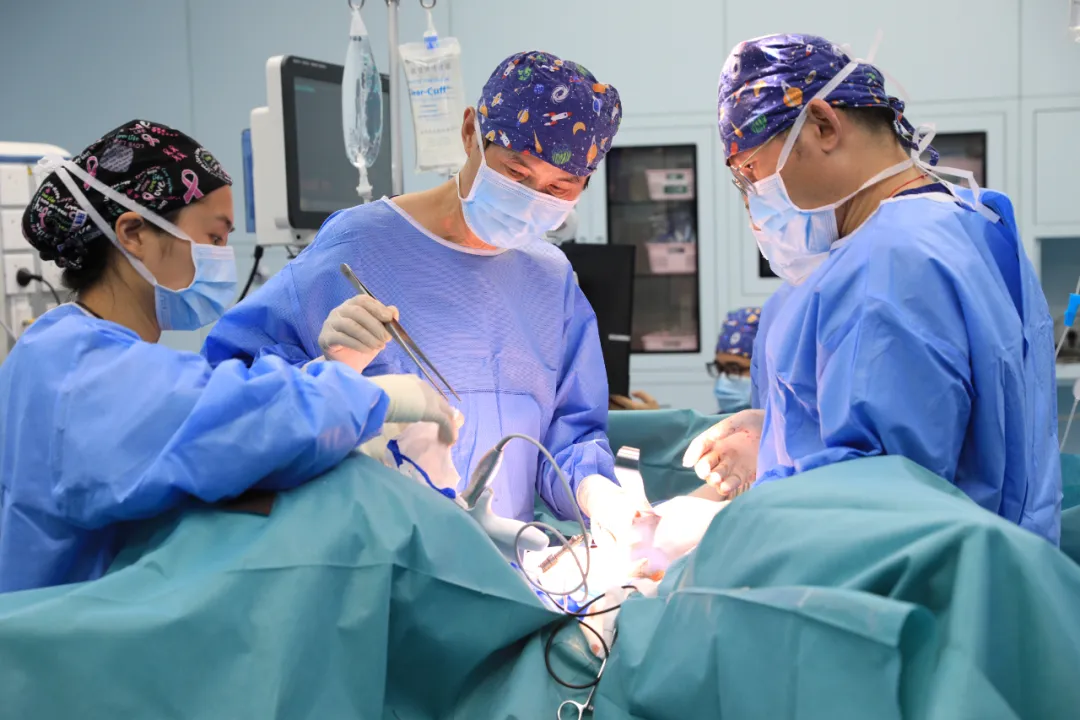
Professor Wu Aiguo during Surgery
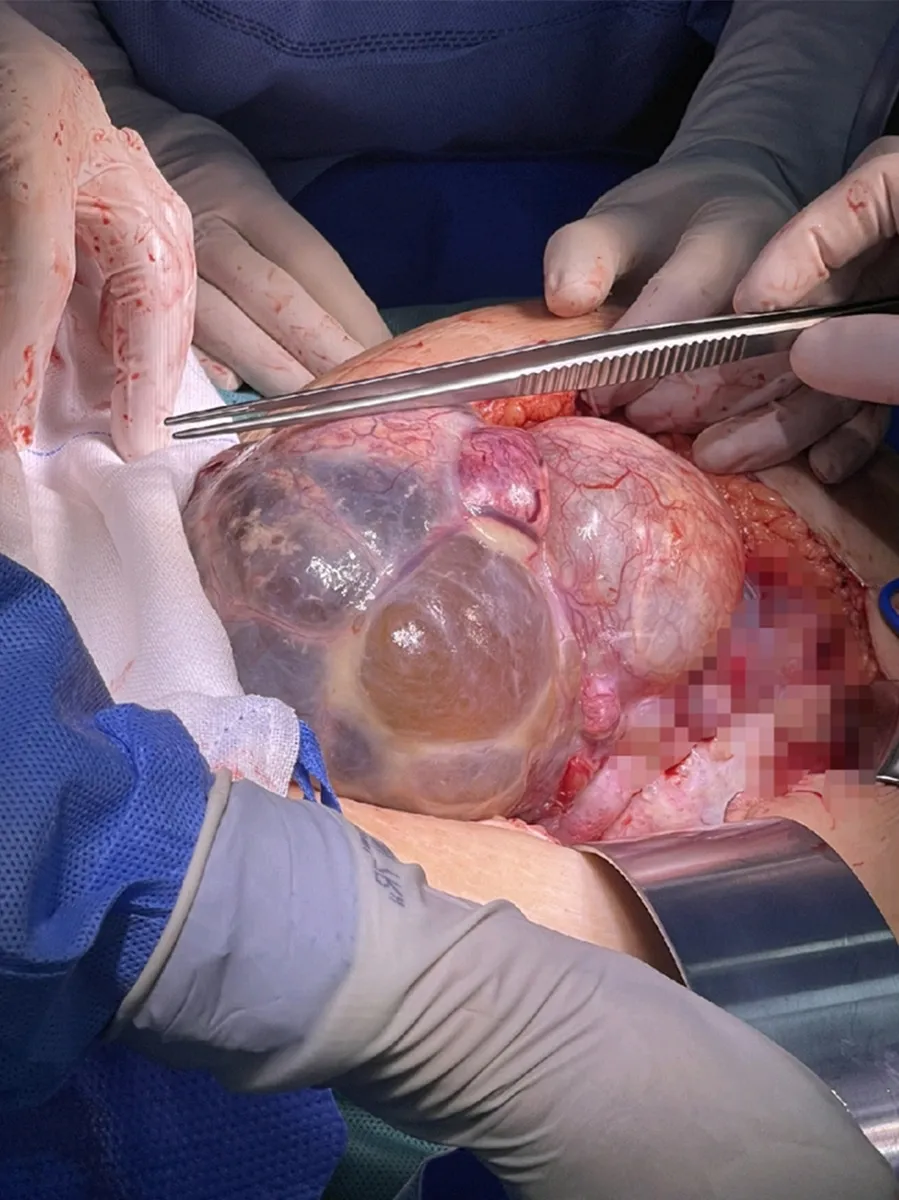
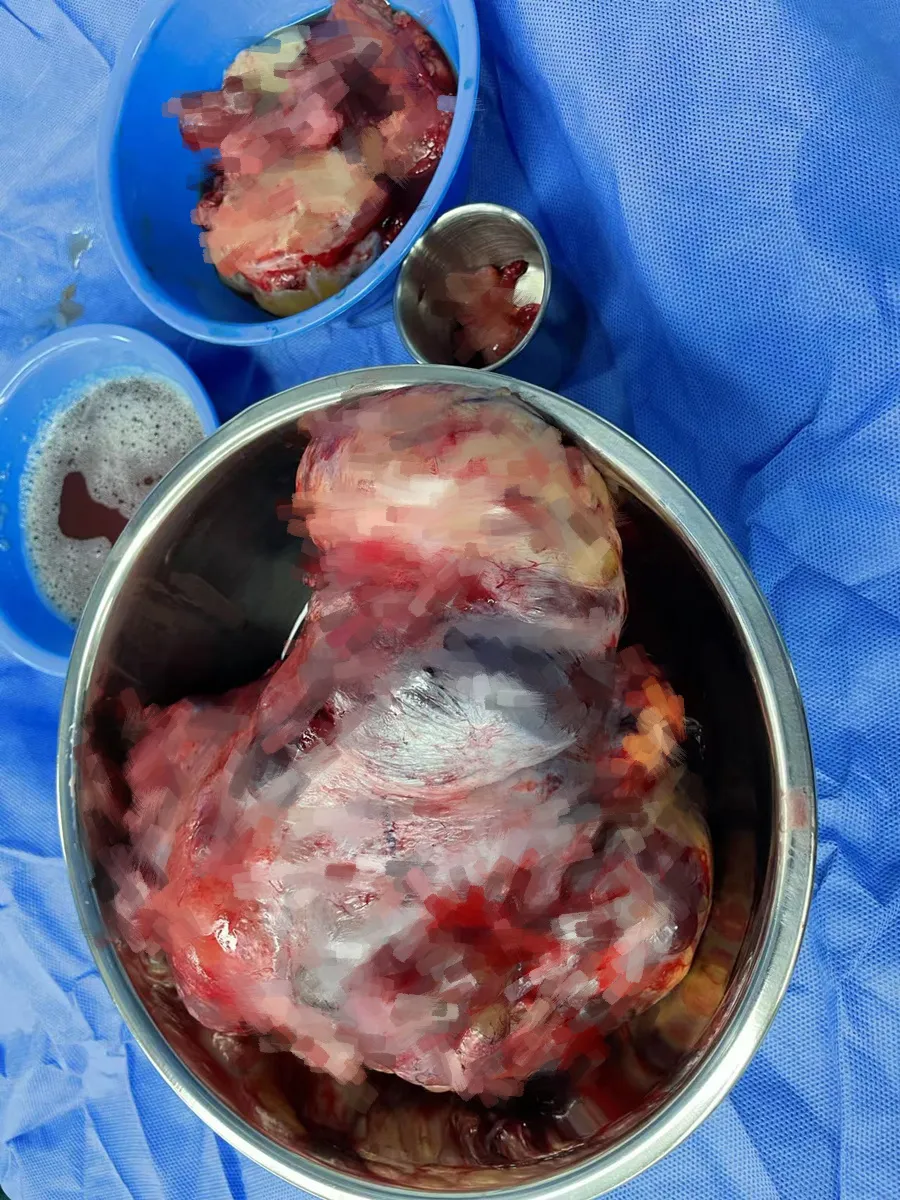
Excision of Tumor Tissue during Surgery
Three Major Technical Challenges of the Surgery:
1. Due to the excessively large size of the tumor and its tight adhesion to intra-abdominal intestinal organs and the abdominal wall, there was almost no operating space. In this extremely narrow space, it was challenging to conduct precise operations, posing significant difficulties for the surgery. Professor Wu Aiguo led the surgical oncology team in a step-by-step approach, conducting meticulous operations. Ultimately, the tumor was safely separated from surrounding organs and the abdominal wall, and the massive tumor tissue was completely excised.
2. Organs were adhered to major blood vessels, and even slight mishandling could damage these vessels, leading to intraoperative bleeding or even endangering the patient's life due to uncontrollable bleeding. The surgical team safely separated the tumor from the blood vessels through precise operations and completely excised the tumor mass without any complications during the surgery, ensuring the patient's safety and smooth postoperative recovery in a short period.
3. High demands for anesthesia monitoring and management: Due to the long growth period of the tumor and the patient's body gradually adapting to its presence, suddenly removing the tumor during surgery led to an instantaneous reduction in intra-abdominal pressure. This presented a considerable challenge for anesthesia doctors in managing blood pressure and blood perfusion. Throughout the surgery, the surgical and anesthesia teams maintained close communication and collaboration, resulting in highly effective anesthesia management, ensuring the smooth completion of the surgery.
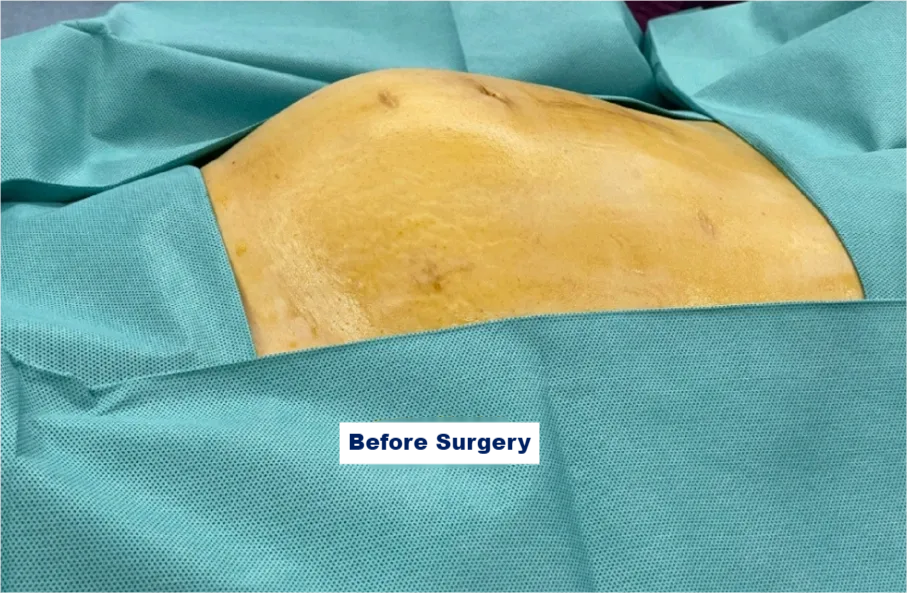
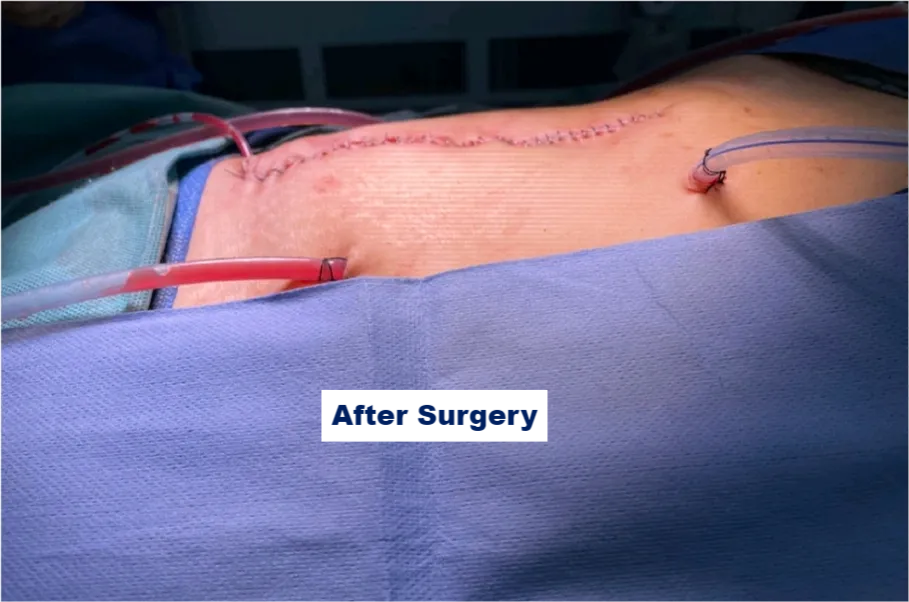
Comparison of Preoperative and Postoperative Images
With postoperative intra-abdominal hyperthermic chemotherapy, Mrs. Wu gradually recovered, her abdominal pain completely relieved, and her physical condition improving. Before preparing for discharge, the patient warmly held Professor Wu's hand to express gratitude. To Mrs. Wu, Professor Wu, who shares the same surname, is not only a lifesaver but also someone who genuinely cares for her like family.
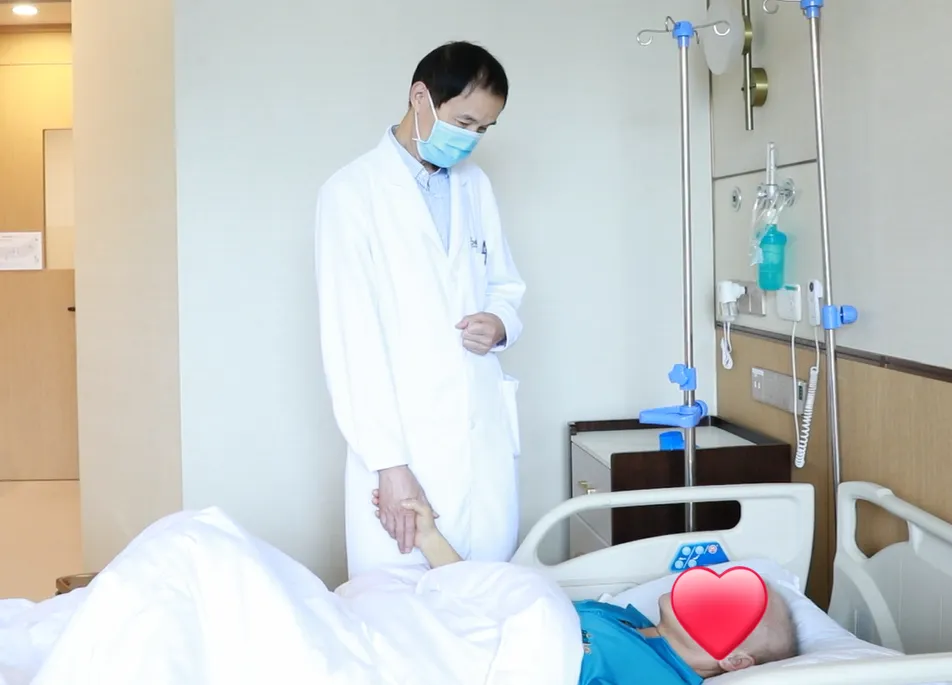

Professor Wu with Mrs. Wu
